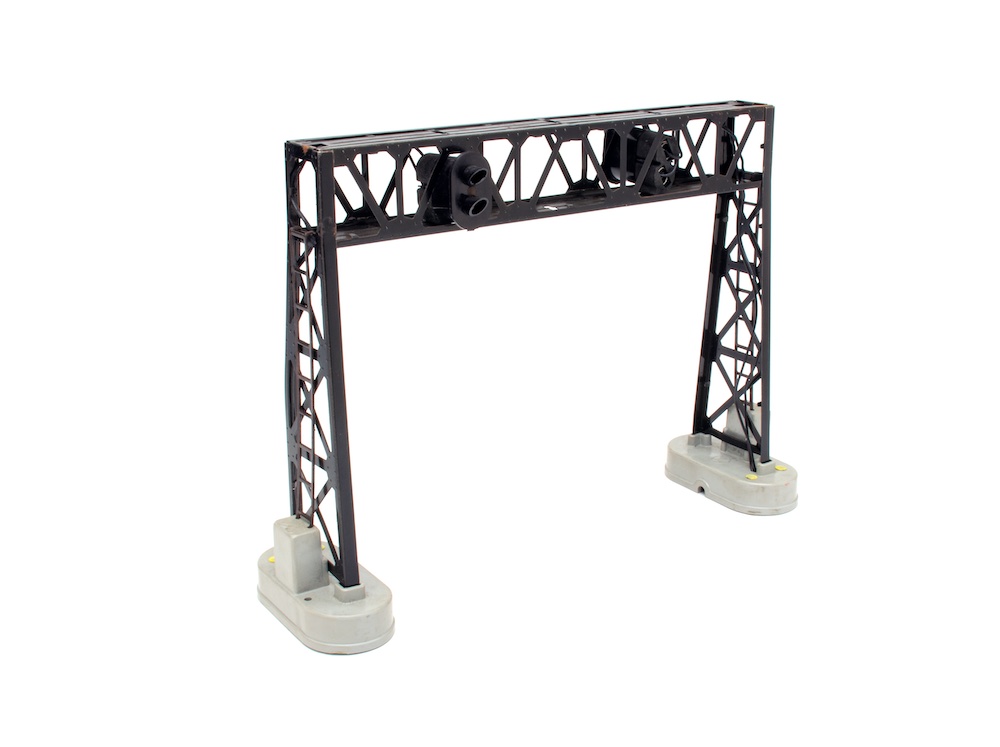
Do you have any information, including a wiring diagram, that can help me wire my Lionel No. 450 Operating Signal Bridge using AC relays? Thanks! — Fred Richmond As Lionel operators certainly know, the 450 Signal Bridge, which was designed to span two lines of track, is equipped with two signal heads. They have bayonet-mounted […]
Read More…
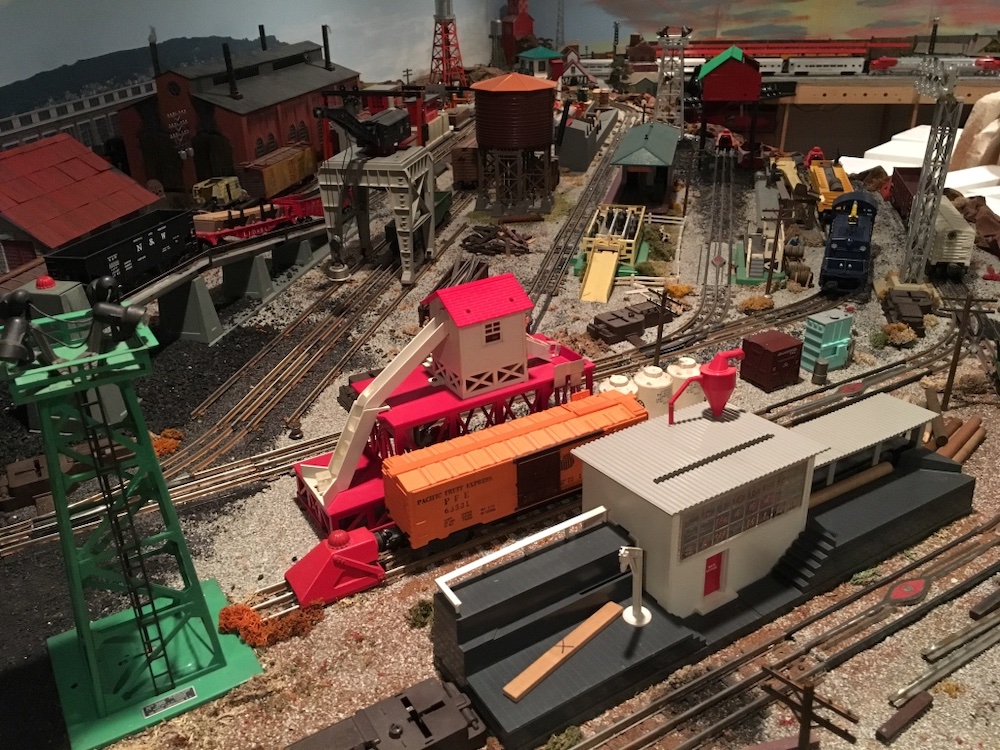
My layout, The “Casey” Line, was published in the September 2021 Classic Toy Trains. My 30-year project was based on reading a boxful of 1950’s Model Railroader magazines and compiling a list of the best features on model railroads from those articles. Fortunately, I was able to include all the scenic features recommended in those […]
Read More…
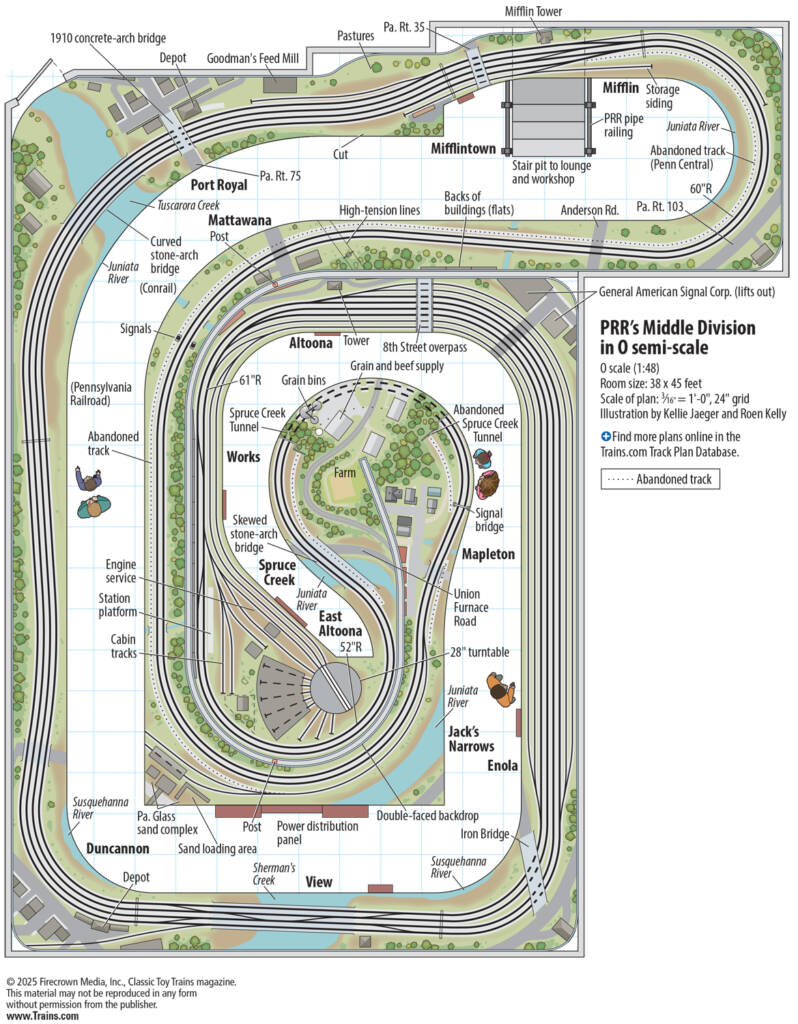
Name: Neal Schorr’s Pennsylvania RR Middle DivisionGauge: O scale (1:48)Dimensions: 38 x 45 feet (maximum dimensions)Track: Atlas O code 215 three-rail flextrackTurnouts: Atlas O, Ross Custom SwitchesMotive power and rolling stock: Atlas O, Golden Gate Depot, K-Line, Lionel, WeaverControls: Lionel TrainMaster Command Control Structures: Atlas O, DPM, Lionel, MTH, scratchbuilt, Wm. K. WalthersFigures: Arttista, Woodland […]
Read More…
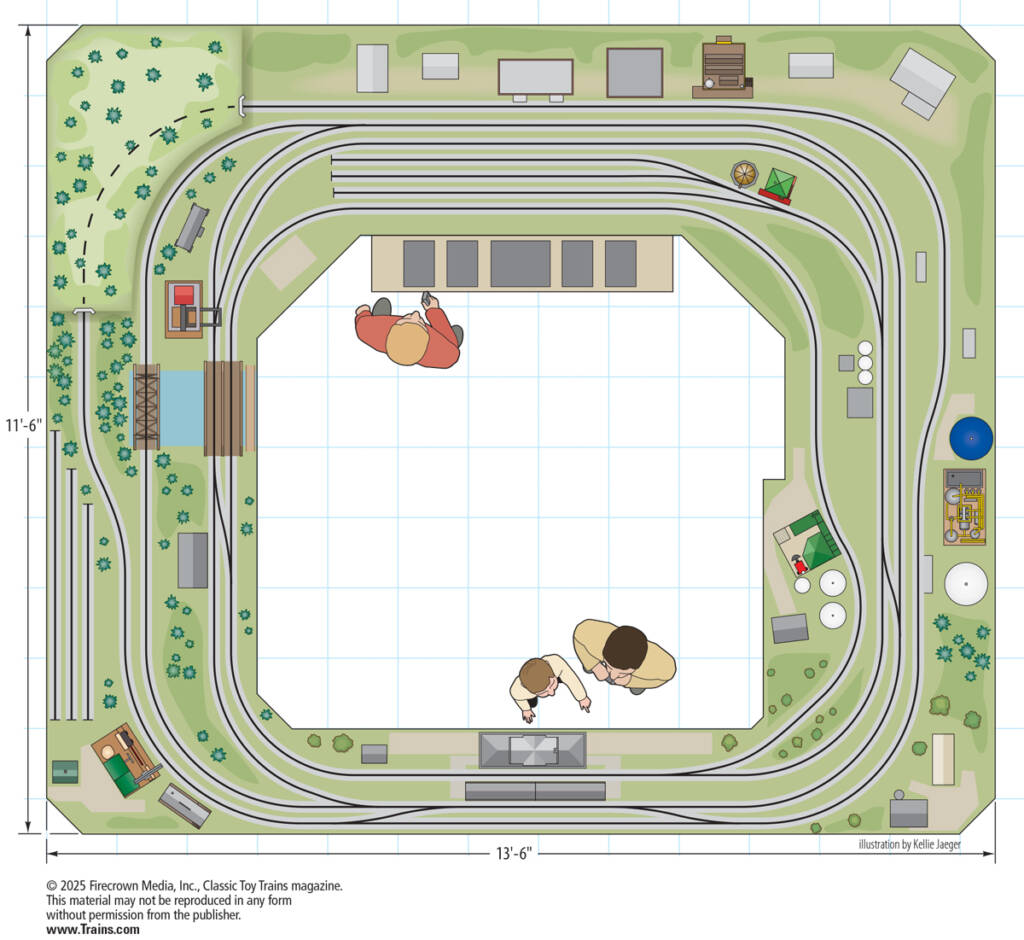
Name: Gary King’s S gauge layoutDimensions: 11½ x 13½ feetTrack and switches: American Models (diameters range from 42 up to 60 inches)Motive power: American Models, Gilbert American Flyer, S-Helper ServiceRolling stock: American Models, Gilbert American Flyer, Lionel, S-Helper ServiceControls: Gilbert American Flyer, Model Rectifier Corp. transformersAccessories: Gilbert American Flyer, MTH Electric Trains, Wm. K. WalthersStructures: […]
Read More…
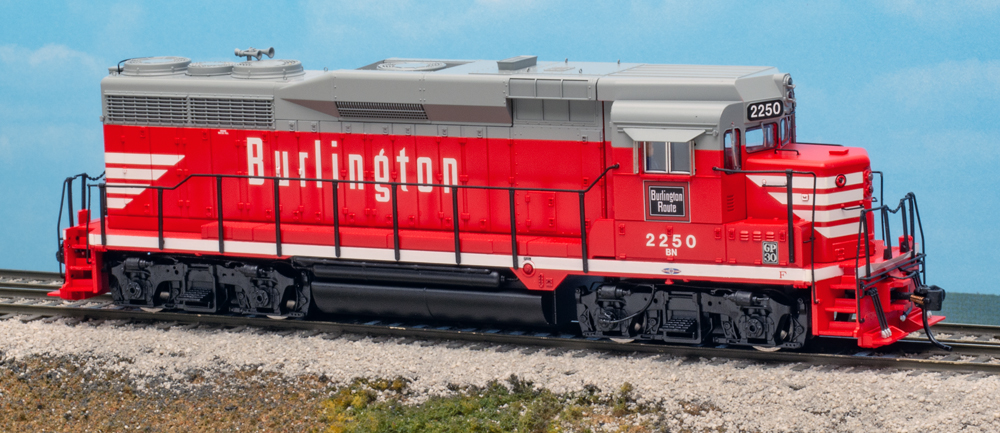
Q: I’m building a layout based on the early Burlington Northern in Idaho. I’ve seen a number of photos of renumbered locomotives and cabooses. Most have white numbers and reporting marks, but I’ve seen a few prototype photos online with the data in black. Did BN have a standard font and size for renumbering equipment, […]
Read More…
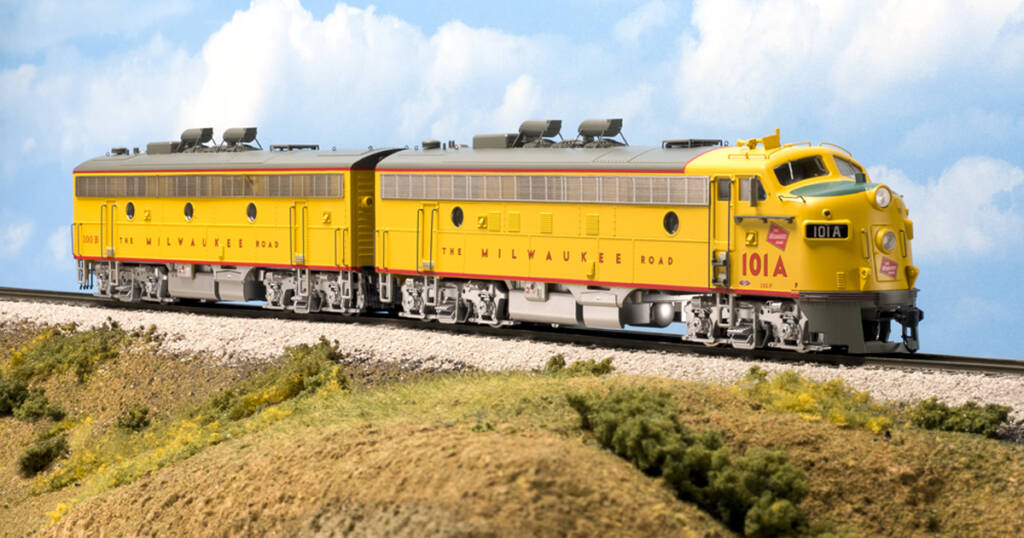
Most model railroaders strive for accuracy in the construction of their model railroad layout. Of course there are modelers who do not, and of course “accuracy” means different things to different modelers, but broadly, accuracy, in one form or another, is the target for most model railroaders. When constructing their model railroad layouts, many modelers […]
Read More…
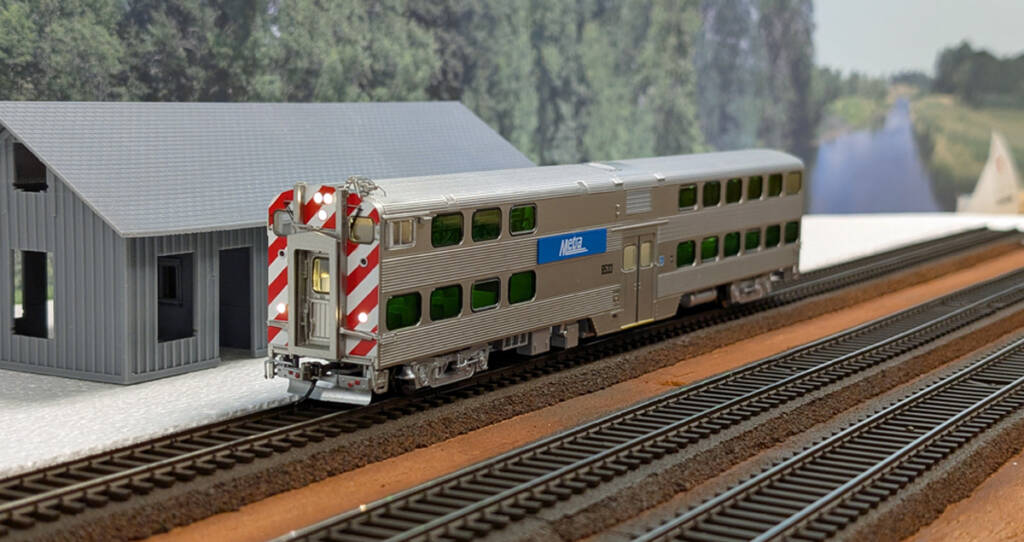
I’m a huge fan of commuter services, and that definitely includes Chicago’s Metra. So when I heard that Atlas was releasing Metra Nippon Sharyo gallery cars in HO scale, I had to get my hands on some. Since Metra runs a push-pull operation, the Type 8500 cab car gets as much time leading trains as […]
Read More…
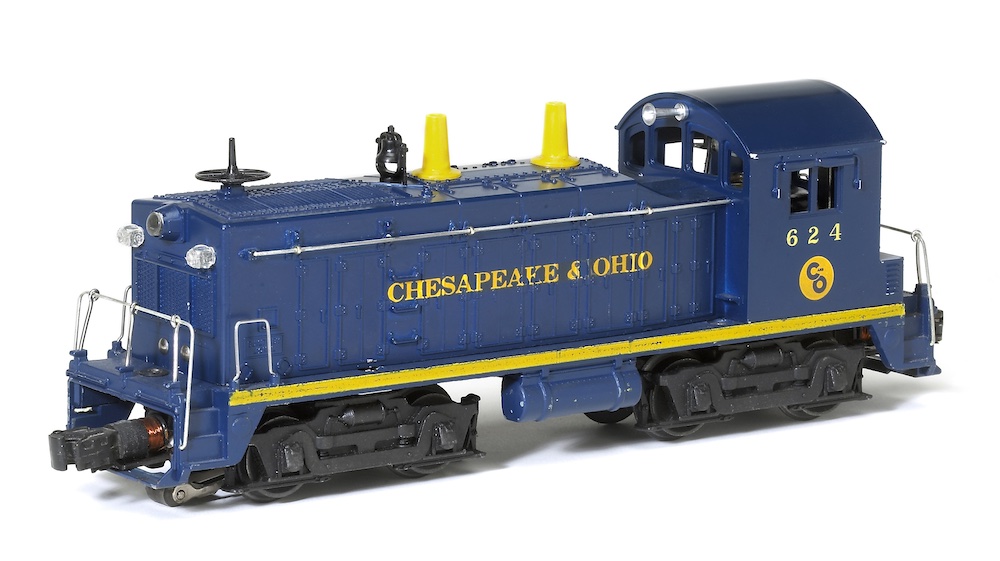
I’m trying to troubleshoot a Lionel No. 624 Chesapeake & Ohio NW2 diesel switcher from the 1950s. The motor seems to short out, even after I spent time cleaning out the dried grease from long ago. All I get now is a grinding noise, and the locomotive barely moves. What do you think is the […]
Read More…
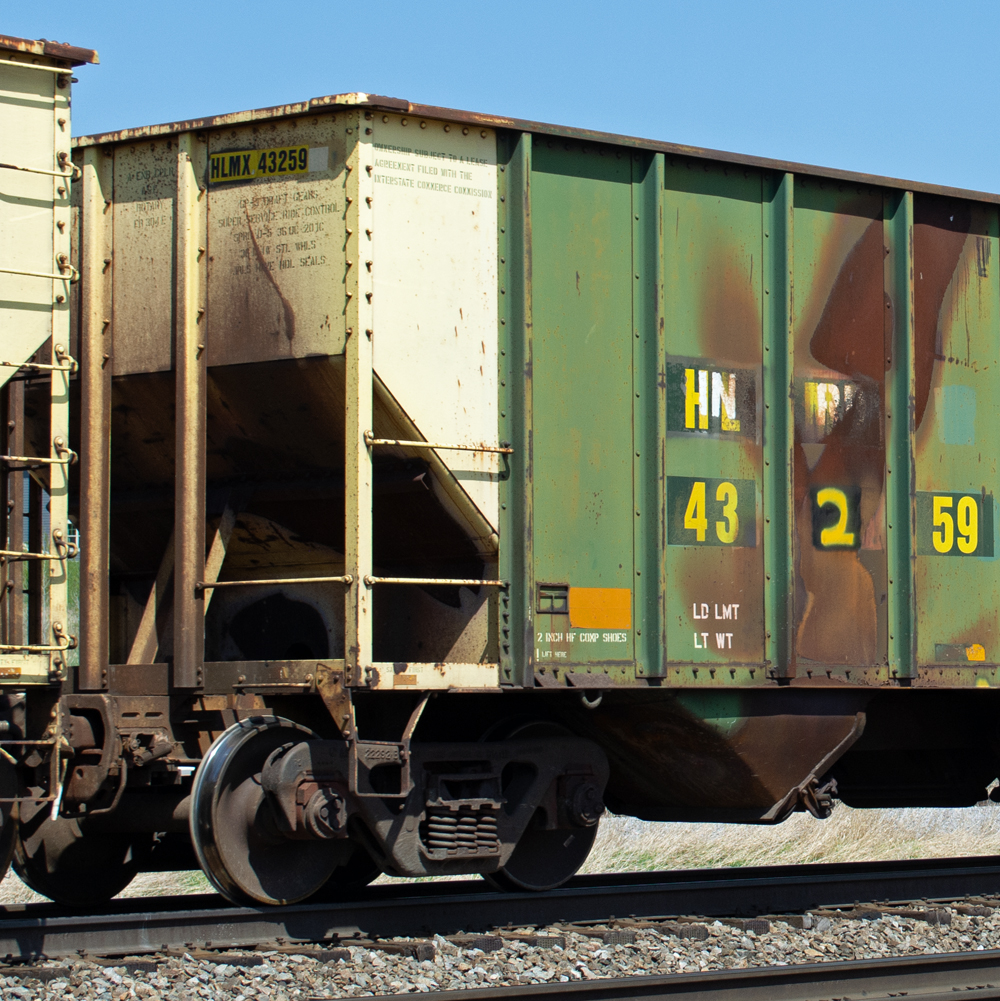
Q: What website is best for finding prototype photos of freight cars to help with realistic weathering? — Jim Veronico A: Though some websites are certainly better than others, I’m reluctant to declare a single website as the “best” for finding prototype freight car photos. Over the years, I’ve found that using multiple sites helps […]
Read More…
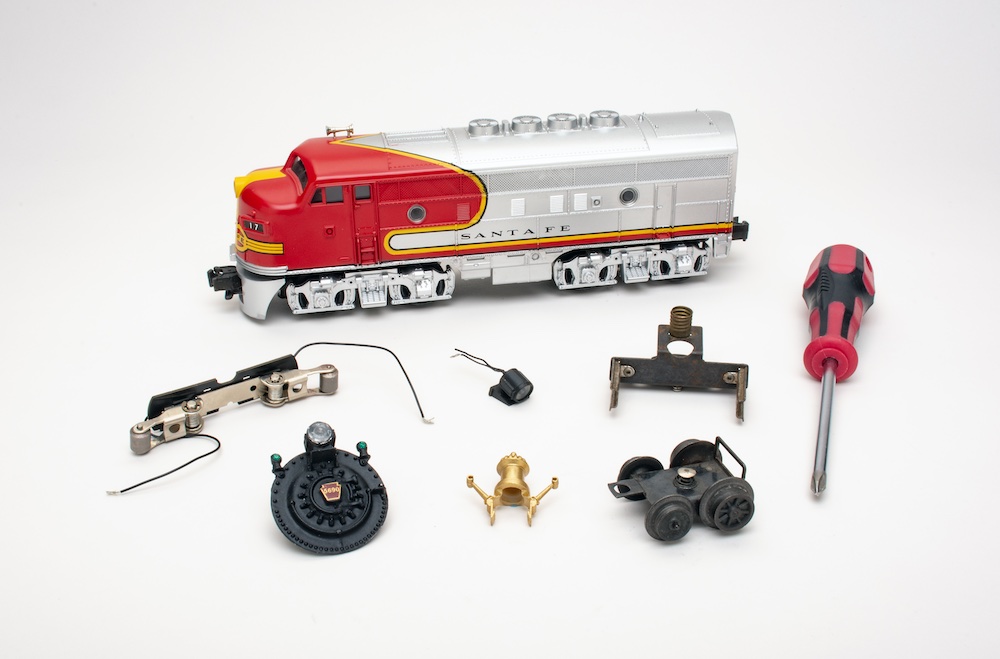
One of the questions we receive quite regularly is where to find parts. Sooner or later, it’s likely you’ll need a part for your locomotive or rolling stock. It could be as simple as replacing traction tires or as complicated as a postwar rehab project. In either case, we’ve got you covered! For each retailer, […]
Read More…
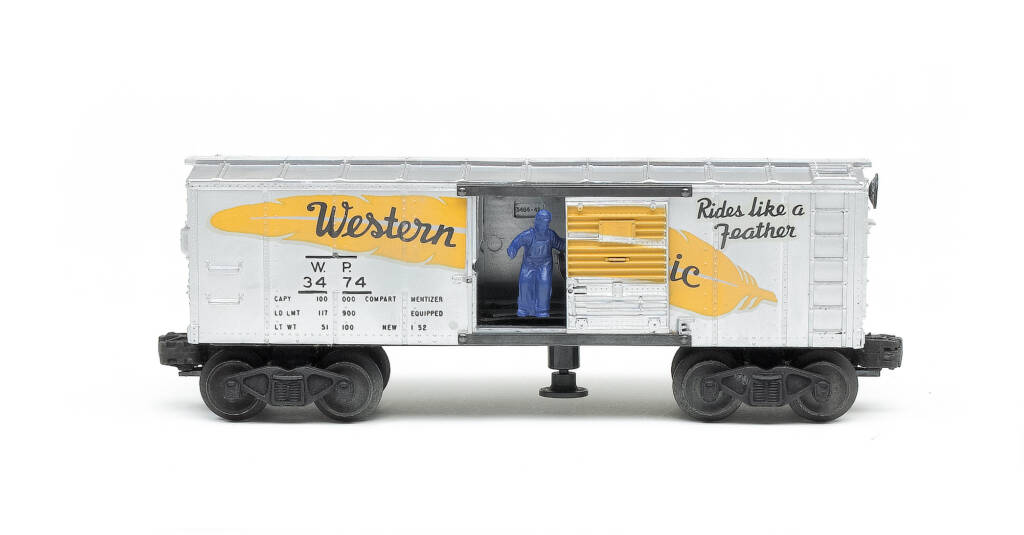
I began collecting O and 027 gauge trains in middle school. Like many toy train enthusiasts, the trains were eventually packed away for various reasons. Years later, I unpacked my Lionel and Marx collection. It had been a long time since I had seen these trains. I unpacked mostly postwar and modern 2-4-2 outline steam […]
Read More…
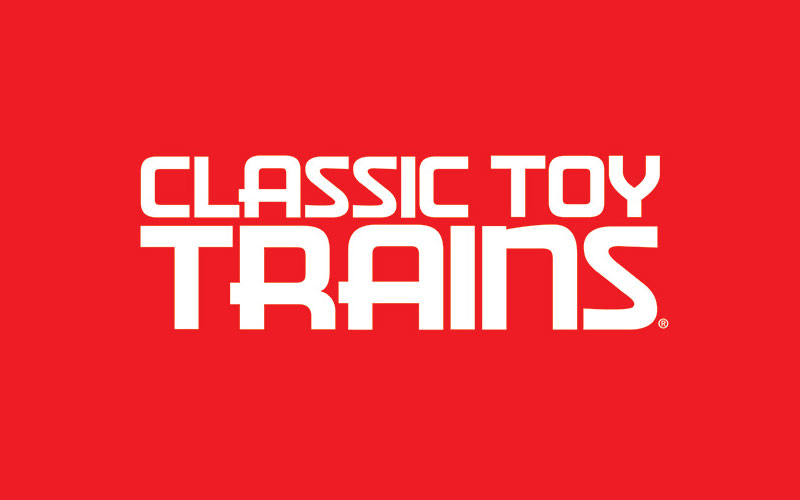
I recently bought a Lionel No. 2121060 American Flyer Baltimore & Ohio 4-6-2 Pacific locomotive and tender and would like to install Kadee couplers. I see holes on the bottom of the S gauge tender for mounting a scale coupler adapter, but I don’t know which adapter will fit there and how to mount it. […]
Read More…












